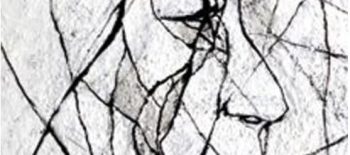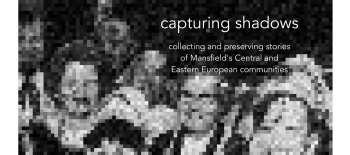At the top of Mount Everest she left a small stone brought from Poland. The day she stood on the roof of the world – October 16, 1978 – was exactly the same date cardinal Karol Wojtyła was elected Pope John Paul II. ‘The good Lord wanted us to ascend so high on the same day. Both of us as the first Poles‘, the new pope said when he heard about his compatriot‘s achievement.
After returning from the expedition, Rutkowska said: ‘As I approached the summit, I had to cover the last 50 meters without oxygen, because my intake valve had frozen shut. So I took the mask off and walked the last few meters breathing the outside air. I was in such a state of euphoria over these final meters that I went to the top at the same pace as with oxygen.’
She loved challenges. She was confident and feisty. But also stubborn.
She was born in 1943 to a Polish family in Płungiany, a small town near Kłajpeda, Lithuania. After World War II, she moved with her parents to Wrocław. Her love for the mountains grew slowly. After graduating from high school, she went with her friends to Morskie Oko in the Tatra Mountains. While sitting on the shore of Poland‘s loveliest alpine lake, she was struck by the thought that the landscape was so beautiful she would like to stay forever. She was truly bitten by the mountain bug a little later, however, when she went rock climbing in the Sokole Mountains near Jelenia Góra.
She graduated from the Wrocław University of Technology and became an electronics engineer. Her first job was at the Automated Power Systems Institute in Wrocław; then, after moving to Warsaw, she was employed at the Institute of Mathematical Machines. Every holiday she devoted entirely to climbing. Sunbathing on a beach, she claimed, would be too tiring.
At the beginning of her alpine career, Himalayan specialists claimed that women were not suited to high-altitude climbing. Rutkiewicz broke this
stereotype. In 1986, she became the first woman in the world to climb K2, one of the most dangerous mountains in the world.
She wanted to conquer all 14 of the world’s 8,000-meter peaks („eight-thousanders“), following in the footsteps of Reinhold Messner and Jerzy Kukuczka. She called the project her ‘caravan to dreams’. In the end, she climbed eight of them. Apart from Mount Everest and K2, she summited Nanga Parbat, Shishapangma, Gasherbrum II, Gasherbrum I, Cho Oyu and Annapurna I. She often climbed alone, taking difficult routes and eschewing oxygen.
She organised or co-organised women’s expeditions in the Alps and Himalayas. She recorded her achievements and thoughts in articles for climbing magazines. She was also the author of several books and films on climbing.
She perished on the way to the summit of Kangchenjunga (8586 m) on May 13, 1992, at the age of 49.
She became a legend of Polish and world Himalayism.




